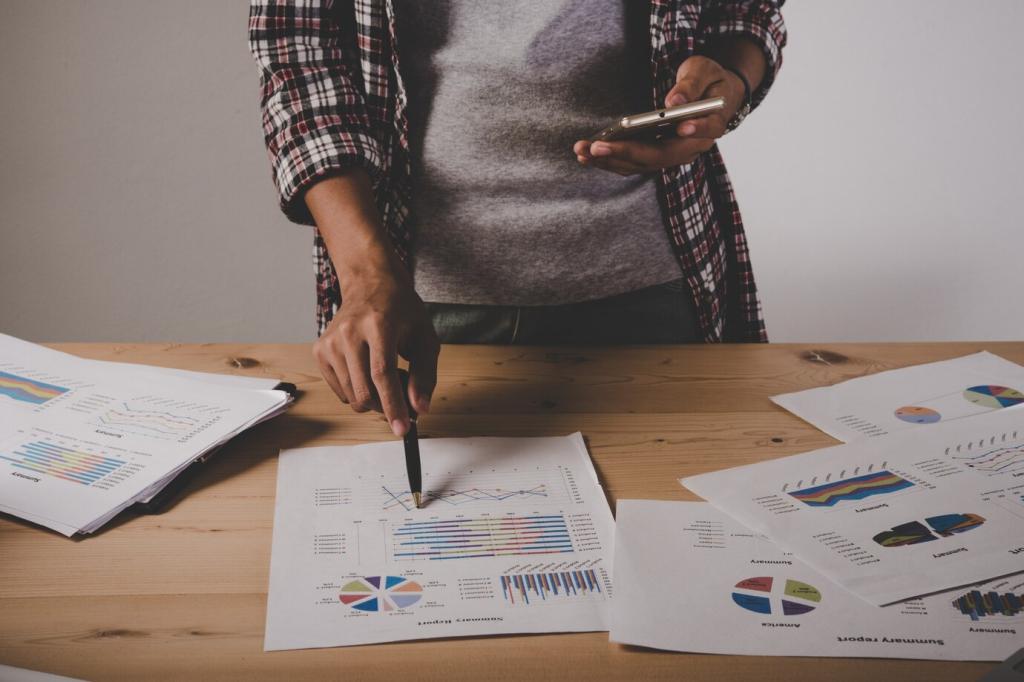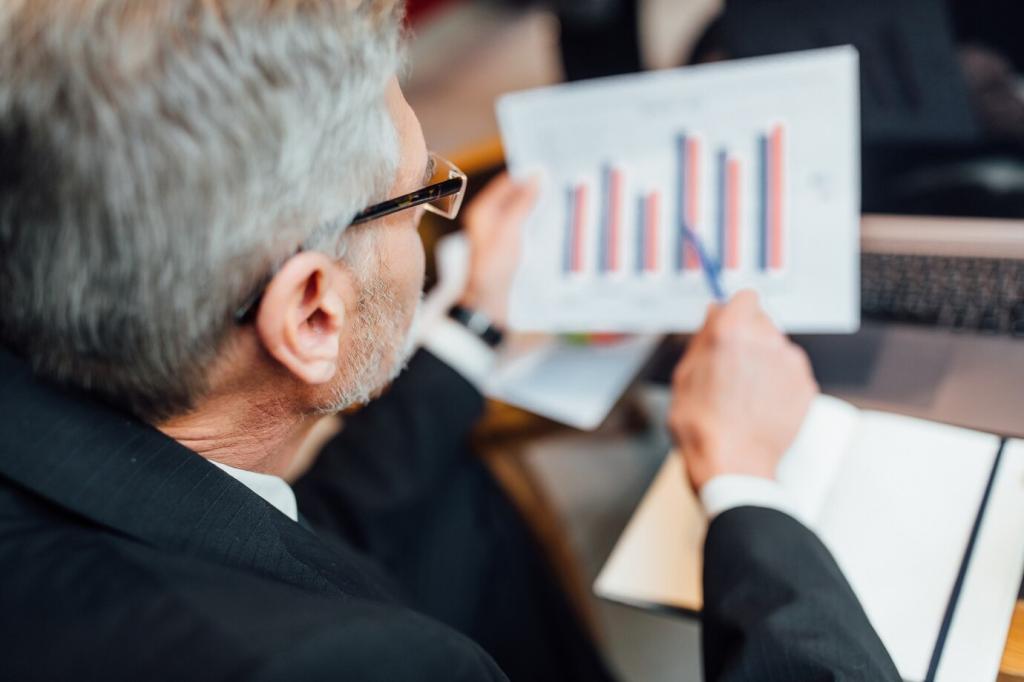Mastering Best Practices for Financial Audits
Chosen theme: Best Practices for Financial Audits. Step into a practical, people-centered guide that blends rigor, real stories, and actionable checklists so your next audit is smarter, smoother, and unmistakably value-adding.
Plan With Precision: Scoping, Risks, and Materiality
Move beyond generic risk listings by linking every identified risk to specific procedures, expected evidence, and owners. In one engagement, a focused revenue-recognition risk queue prevented wasted hours on low-impact areas and surfaced a hidden cut-off issue early.
Plan With Precision: Scoping, Risks, and Materiality
Start with a defensible base—like normalized pre-tax income—and adjust for volatility, covenants, and stakeholder sensitivity. Document thresholds, rationale, and tolerable error so your team aligns decisions and avoids last-minute arguments.



Evaluate Internal Controls With Purpose
Interview process owners to reveal real workflows and any role conflicts. We once discovered an unnoticed admin backdoor that allowed invoice edits after approval, prompting a control redesign and stronger monitoring.
Evaluate Internal Controls With Purpose
Trace a transaction from initiation to ledger. Reperform critical steps and challenge assumptions about automation. Select controls that actually prevent or detect material misstatements, not just those easiest to test.
Gather Evidence That Stands Up to Scrutiny
Designing Sampling With Justifiable Logic
Select methods consistent with risk, population variability, and tolerable deviation. Document the basis for sample size and stratification so any reviewer can retrace your steps without guesswork.
Confirmations, External Evidence, and Third-Party Data
Prioritize independent sources when assertions are sensitive. A simple receivables confirmation once surfaced a dormant customer account being used to mask round-trip sales, changing the entire audit approach.
Analytical Procedures and Data Analytics
Blend ratio trends with transaction-level analytics. Benford’s Law, outlier clustering, and sequence checks can quickly flag anomalies that traditional vouching misses, reducing blind spots and rework.
Document Like a Pro: Clear, Complete, Review-Ready
Use consistent indexing and link tests to risks, controls, and assertions. Write concise narratives so conclusions are self-evident, saving hours during partner and quality reviews.
Document Like a Pro: Clear, Complete, Review-Ready
Adopt a single source of truth. Resolve review notes with dated summaries and retain superseded workpapers only when rationale is needed. This prevents confusion and audit drift.


Ethics, Independence, and Professional Skepticism
Guardrails for Independence and Objectivity
Track relationships, services, and financial interests continuously, not just annually. When in doubt, escalate early—independence issues only get harder and costlier to fix later.
Related Parties and the Fog of Familiarity
Scrutinize related-party transactions with calm persistence. A casual board connection once explained unusual pricing that looked benign until we triangulated minutes, contracts, and payment terms.
Skepticism in Action: A Small Clue, Big Impact
A minor cash reconciling difference led us to a timing pattern in deposits. That thread unraveled premature revenue postings, reinforcing why tiny clues deserve disciplined curiosity.
Report With Clarity and Drive Meaningful Change
Provide concise dashboards on status, risks, and open items. Explain judgment calls plainly so governance leaders can challenge thoughtfully and support timely resolutions.
Pair each recommendation with root causes, owners, and deadlines. We celebrate when clients reuse our letters as internal project plans—it means the audit created real momentum.
State the opinion precisely and highlight emphasis-of-matter when needed. Monitor subsequent events through issuance to protect users relying on your conclusions and context.




